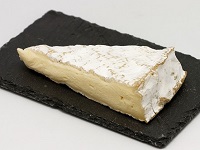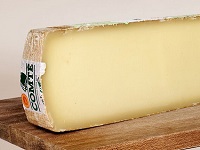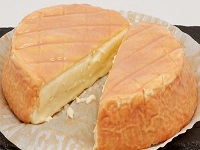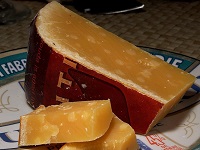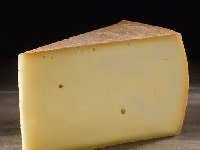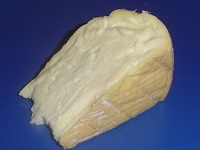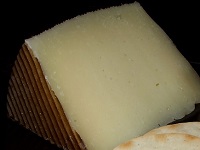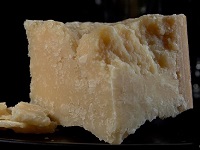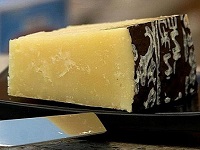Chardonnay (Australia)
Chardonnay came to Australia in the 1920s but didn’t find popularity until the 1970s.
Chardonnay Flavors
Citrus, Green Apple, Pear, White Peach, and Minerality are typical cold climate flavors.
Lemon |
Apple |
Pear |
Peach |
Nectarine |
Flowers |
Herbs |
Salt |
Warm Climate Flavors
Orange, Yellow Apple, Peach, and Tropical Fruit (Pineapple,Banana) are typical warm climate flavors.
Orange |
Yellow Apple |
Mango |
Pineapple |
Flavors from Maturation and Aging
Vanilla |
Butter |
Croissant |
Coconut |
Chardonnay Profile
Oaked Chardonnays tend to be full bodied with high alcohol.
| SUGAR: | Dry (3 g/l) |
| BODY: | Full |
| FRUIT: | Medium |
| ACIDITY: | Medium |
| ALCOHOL: | 12.5 - 13.5% ABV |
| Serving temperature: 10-14°C (50-57°F) | |
Chardonnay Food Pairing
Chardonnay is very food friendly.
Italian. Spanish. International. Asian. Mexican. Vegetarian.
Antipasti |
Vegetables |
Asparagus |
Pasta |
Fish |
Chicken |
Pork |
Risotto |
Excellent Pairings
Anything with Creamy or Buttery Sauce.
Pasta in Creamy Sauce. Risotto.
Lobster. Salmon. Tuna. Fish Cakes.
Chicken. Poultry. Pork.
Roasted Veggies. Pumpkin. Mushroom. Onion. Garlic.
Hazelnuts. Cashew. Pecans. Coconut.
Cheeses
Aged, Salty, or Nutty Cheeses.
Cheddar. Comté. Gruyère. Manchego. Parmigiano. Pecorino.
The Ideal Glass for Chardonnay
The Chardonnay Glass was designed for enjoying full-bodied white wines. They have a wider bowl and a tapered top to enhance the buttery and oaky notes found in aged wines.
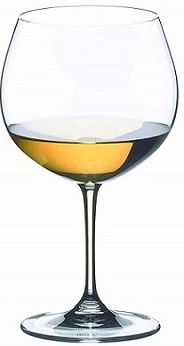
|
The wide bowl steers the wine to the sensitive parts of the tongue, ensuring that the acidity creates a harmonious balance with the sweet aromas of the wine. The wide bowl allows the full bouquet of aromas to develop. It also reduces the risk for over-concentrated aromas. |
Chardonnay Cheese Pairing
Brie or Camembert
These creamy, rich cheeses complement the full, round mouthfeel of a full-bodied Chardonnay. The buttery flavors in both the wine and the cheese enhance each other beautifully.
Gruyère and Comté
The nutty, slightly sweet flavors of these cheeses pair well with the complex fruit and oak characteristics of a full-bodied white wine. The firm cheese texture adds a pleasant contrast to the richness of the wine.
Munster And Époisses
A rich and pungent washed-rind cheese provides a bold contrast to the refinement of a full-bodied Chardonnay.
Aged Gouda
Aged Gouda, with its caramel and butterscotch notes, matches the depth and complexity of a full-bodied Chardonnay. The wine’s acidity helps balance the cheese’s rich flavors.Havarti
The creamy and mild flavor of Havarti pairs well with the rich and buttery texture of a full-bodied Chardonnay, making for a delightful and balanced pairing.
Aged Cheeses
The crystalline texture and savory, nutty flavor of aged chesses will complement the undertones of a full-bodied Chardonnay.
If You Like Chardonnay
You May Also Like:
The Chardonnay Grape
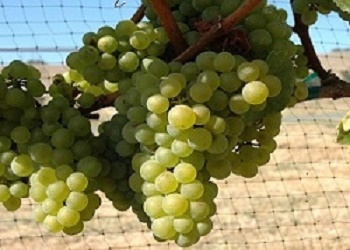
Chardonnay, the world's most popular white wine grape, was born in the Burgundy region of France.
It thrives in a range of climates, from cool to warm, each imparting distinct characteristics to the wine.
In cooler regions, Chardonnay exhibits flavors of green apple, pear, and citrus, accompanied by high acidity and a crisp finish.
Warmer climates bring out richer, more tropical fruit notes like pineapple, mango, and peach, often with a fuller body.
Chardonnay's profile can be further influenced by winemaking techniques.
Oak aging introduces flavors of vanilla, butter, and toast, adding complexity and a creamy texture.
Stainless steel fermentation preserves its bright, fruit-forward nature.
Chardonnay in Australia
Australia has 10% of the world's Chardonnay plantings and is the third largest Chardonnay grower after France and USA.
High quality areas / regions:
- Margaret River (Western Australia)
- Adelaide Hills (South Australia)
- Morning Peninsula (Victoria)
- Yarra Valley (Victoria)
- Tasmania
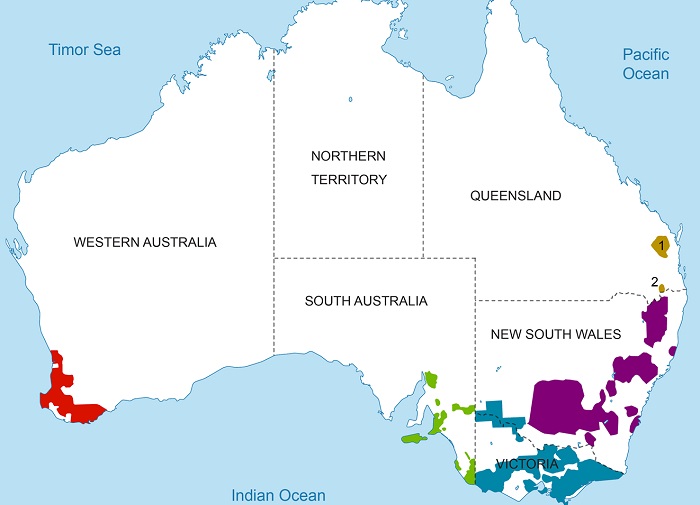
Australian Chardonnays have changed dramatically from rich, fully ripened, heavy oked versions to less oaked, better balanced, cooler climate versions.
Margaret River (Western Australia)
Margaret River is one of Australia’s premier Chardonnay producing regions.
The warm climate is tempered by the effects of the Indian and Southern Oceans.
Margaret River Chardonnays are typically concentrated, rich and complex with typical lime-like acidity.
Adelaide Hills (South Astralia)
Adelaide Hills is very well suited for producing cool climate complex Chardonnay.
With an average altitude of 400 metres, it is the coolest wine region in South Australia.
Adelaide Hills Chardonnays are typically complex and textured with peach and citrus flavours.
Morning Peninsula (Victoria)
The cool Morning Peninsula climate and cooling of the ocean, is ideal for producing Chardonnay.
Morning Peninsula Chardonnays are typically medium-weight with flavours of melon, white peach and citrus.
Yarra Valley (Victoria)
The Yarra Valley has an array of micro climates and vineyard aspects which impacts Chardonnay’s style.
Elevated vineyards sites produce Chardonnays that are typically medium-bodied, textured wines with signature flavours of white peach.
Tasmania
Tasmania is of the coolest regions in Australia. The maritime climate creates a lean and zesty Chardonnay with high acidity. In warmer years, the Chardonnay can be more fruity, creamy and rich.
